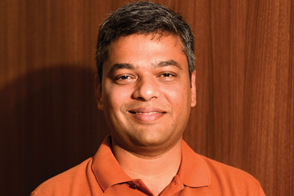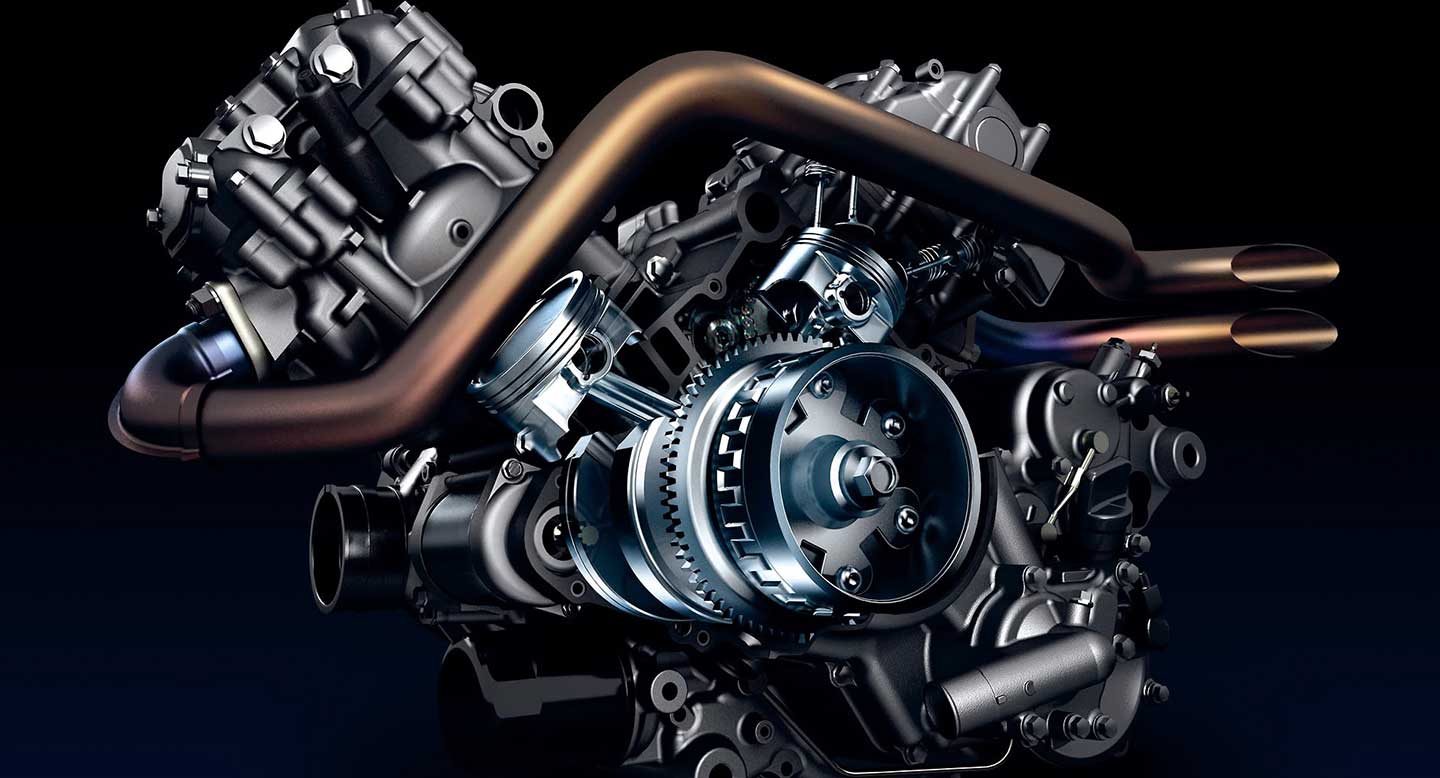Sedemac Mechatronics, a company that was founded by graduates of IIT-Mumbai in 2008, now supplies unique powertrain control products (for small engines) to leading Indian automobile brands including Mahindra, Tata Motors & Hero. The technology and traction Sedemac had attracted the attention of Nandan Nilekani, who came on board as an investor.

Sedemac was incorporated by four IIT graduates from Mumbai – Shashikanth Suryanarayanan, Pushkaraj Panse, Amit Dixit and Manish Sharma in 2008.
The story behind their journey goes something like this: Between 2004-2007, a research group at IIT Bombay, which was led by Suryanarayanan and three other co-founders, successfully built a couple of prototypes pertaining to automotive controls. “This got the attention of some leaders in the automotive industry in India, as it is rare for a small academic group to build the sort of tools we did,” recalls Suryanarayanan. Also, the key students of the group were graduating and that set them thinking about creating a company, to continue working as a group. This apart, Suryanarayanan was himself keen on building technologies/products of relevance for users in the developing world. And hence, they decided to focus on small powertrains, millions of which got built and used in the developing world and didn’t get the sort of attention in terms of sophisticated controls. Hence, Sedemac was born.
The founding team believes that powertrain controls were built initially for bigger engines in the developed world and applications involving smaller engines (which is getting popular in developing world) needs a company with a clean-slate approach to building engine controls. What started as a small lab-based enterprise has now grown into a company that supplies or licenses unique control products to leading manufacturers (customers) such as Mahindra, Kirloskar, Ashok Leyland, TATA Motors, TVS Motor, Hero Motocorp and more.
The company’s products/technologies have already been used in over four million two-wheelers and 60,000 gensets. And the rate of adoption is growing at a healthy pace, fuelling their growth story. The company’s revenue has grown two to three times each year starting from Rs. 25 lakh in 2009 and Suryanarayanan expects to see this growth rate continue in the coming years.
Building block by block
“We act as a “Tier-I supplier” of technologically-intensive control products to major OEMs,” explains Suryanarayanan. It develops innovative control solutions for engines and powertrains. More specifically, its focus is on building control solutions that enable realization of best-in-class fuel efficiency and/or emissions and/or power delivery in applications involving small engines.
The company invests heavily in R&D to build technologies, which it then demonstrate to OEMs or at technology programs of OEMs. “A typical technology program lasts for five to 20 years depending on the technology. There is an assessment and validation phase which is two to four years long, new product introduction phase which lasts for a year or two followed by volume ramp-up (through progressive adoption of the technology across powertrain platforms),” states the Chairman.
The company’s revenue model is simple; it sells components/parts to OEMs for integration into vehicles and generators. It also has licensed technology, on a royalty basis.
LARGE OEMS ALWAYS HAVE MAJOR TIER-I SUPPLIERS OF THE WORLD KNOCKING AT THEIR DOORS. SO UNLESS YOU HAVE SOMETHING UNIQUE/SPECIAL TO OFFER, YOU DON’T STAND A CHANCE OF GETTING INTO TECHNOLOGY PROGRAMS
The customer base
As far as the user base goes, Sedemac’s products are meant for controlling powertrains. And powertrains are used in a wide variety of applications, such as two to three wheelers. Currently, the prime focus is on engine powered two-wheelers but the company soon plans to start addressing hybrids/electrics too. It so happens that engines very similar to the ones used in two-wheelers are also used for lawn mowers, snow mobiles, snow blowers, small yachts and more. “While we don’t sell to this market, this is of potential interest to us,” says Suryanarayanan.
Genset end-users are entities that need back-up power and these can be all sorts of companies, housing complexes, data centres, telecom towers and such.
“Another market which we haven’t addressed thus far but are exploring are tractors as well as commercial vehicles,” says he.
The main growth drivers for the company depend on the growth of these end-user segments but more crucially the increasing penetration and acceptance of electronic controls in powertrains that drive these end-user applications. “Matters augur well for our company, given the increased and rapid growth of electronic content in these powertrain applications,” states Suryanarayanan.
Onboarding the first customer
For a startup, OEM supply of technology products is probably one of the hardest things to achieve. “Large OEMs always have major Tier-I suppliers of the world knocking at their doors. So unless you have something unique/special to offer, you don’t stand a chance of getting into technology programs,” explains Suryanarayanan.
“So the first few years were especially difficult,” admits he. OEMs possibly had doubts about their track record, size, reliability, systems, quality and support, financial stability and so on. It took the company three to four years before its first technology for two-wheelers was introduced by an OEM in production. However, it took the company less than a year and half to enter the Genset controls market.
“Our first OEM customers happened to be companies I knew as a professor at IIT, prior to founding SEDEMAC. We started working with them because of these connects and that interaction led us to become a part of their technology programs,” states he.
Going forward
The company was recently funded to the tune of US $7.5 million from Nandan Nilekani and its existing investor Nexus Venture Partners. It aims to use these funds raised for continued expansion of its research and engineering efforts, expanding its manufacturing facilities and business development in the international markets.
Its growth plan for the next couple of years will lean heavily towards India and its existing customers through whom it plans to launch a couple of new technologies/products over the next few months. “We are also exploring actively selling into international markets: China in particular. We may be one of very few Indian entities selling anything other than iron ore into China,” says a proud Suryanarayanan. The company is also looking at the U.S. and African markets for expansion.
With all these strategies in place, the company is working towards becoming the market leader in controls for small powertrains. It wants to create widespread the use of its products and in the next few years, wants 25 million to 30 million engines and powertrains using its products.
“We are in a strategy-heavy space (OEMs do not initiate technology programs often). So we continued assessment of our technology/product positioning and being with the right OEMs with the right differentiated technologies at the right time will be crucial,” says Suryanarayanan on a parting note.
NEED FOR PRODUCT INNOVATION IN INDIA
“Creative engineers have gone a long way in shaping the technology trajectory of the world in the last 50 to 60 years and the trend continues.
We need more creative engineers here in India who invest their time in learning how to build things/systems/software and subsequently do build them. We have very little of that going on in the country. And the reason for this is the culture of the place, the past/present ecosystem for engineering in the country when compared to the rest-of-the-world.”
